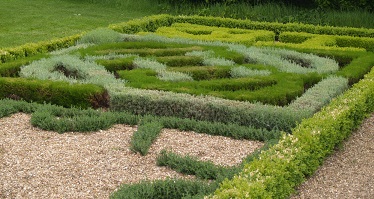 The main methods of rejuvenating neglected hedges are:
The main methods of rejuvenating neglected hedges are:
- Trimming – side trimming encourage thickening. In early spring cut back tops and side branches to within 20cm of the desired height and width. With this method however new growth will create a visual line between it and old growth.
- Coppicing – usually only done every 6 years or so to rejuvenate certain species - all growth is cut down to 75mm (3 in) above ground level and left to re-grow.
- Gapping up - a hedge sometimes deteriorates over time and gaps need replanting. Clear gaps and cut adjoining plants back to healthy vegetation. Dig in well-rotted manure, otherwise new plants will not grow in an old hedge. Plant new plants at 500mm (18 in) spacing i.e. hawthorn, blackthorn or beech.
- Gradual rejuvenation – over a 3 to 4 year period. Each year cut back one- quarter to one-third of the oldest tallest stems to near ground level (leaving about 5cms).
Some old hedges can be very overgrown and require quite drastic pruning in order to re-shape it and encourage young growth. Although most hedging plants can be pruned quite hard, many conifers cannot and will tend to die back if cut into old wood.
Deciduous hedges and other rapidly growing hedging shrubs (such as privet) may need pruning more than once during the growing season. Cut the plants just below the desired height if the plants are not too overgrown. Very overgrown hedges can be cut right back to within 15cm – 30cm (6 – 12 inches) of the ground. Subsequent pruning should be regular to encourage bushiness as the hedge develops.
Narrow leafed evergreens such as yew and hemlock will only require once a year pruning. Many evergreens will not re-grow if cut back to where no foliage is present on the stem – overgrown hedges of this type often need to be replaced.
Hedges made up of broad-leafed plants such as holly just need to be pruned enough to keep the branches in line.